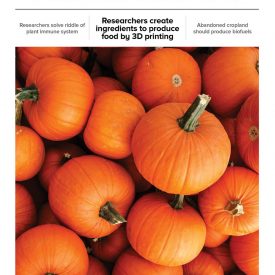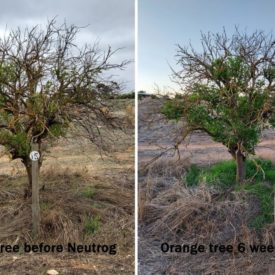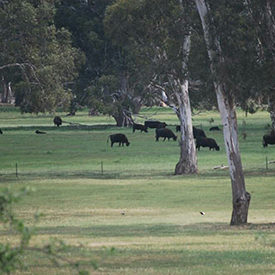Category: Commercial Growing News
Reducing food safety risks from manures
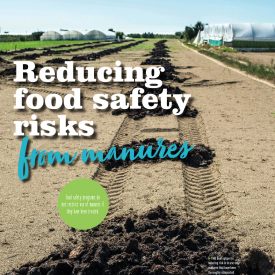
Manures have been used to improve agricultural soil fertility for over 7,000 years. Manures add nutrients and organic matter, increase soil bulk density, enhance structure and water holding capacity and increase biodiversity.
Unfortunately, manures can contain pathogenic bacteria such as Escherichia coli (E. coli), Salmonella spp., Listeria monocytogenes, Campylobacter spp., Yersinia enterocolitica and others. Even a small dose of some of these human pathogens – particularly some species of Salmonella and types of E. coli – can cause severe illness and even death.
Plant Fungal Interaction

In nature there are numerous great examples of mutualistic interactions, the oldest and best known is perhaps the coral/algae partnership.
In a terrestrial setting the interaction between plants and fungi can be traced to shortly after the first true terrestrial plants evolved. Even simple, early plants such as liverworts and hornworts have been shown to have associated fungal partners as far back as 400 million years ago.
Plant growth promoting microbes
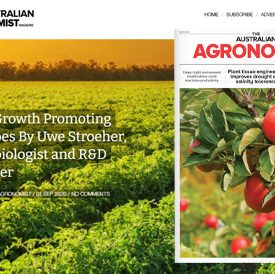
Plants naturally produce five major plant hormones (phytohormones) including auxins or indole-3-acetic acid (IAA), cytokinins, gibberellins, abscisic acid and the gaseous hormone, ethylene. It is a combination and balance of these hormones that regulate many aspects of plant growth, development and reproduction. The first three hormones are recognised as being plant growth promoting, whereas abscisic acid and ethylene are considered to be growth inhibitors due to their effect on plant abscission (the shedding away or cutting off of different parts of the plant)
Mirambeena & Yala Yala Springs

Twenty-five years ago, Paul Neighbour & his family had a 10HA bush block on the Fleurieu Peninsula in South Australia. It was a wonderful place to retreat to, relax and enjoy. The family realised that they wanted more land. Two hundred acres became available, which was part of a larger property, so they made that purchase. Over the next few years, more land came onto the market which eventually allowed them to extend the farm to encompass over 800HA. Many years of planning & hard work have made the beautiful Mirambeena and Yala Yala Springs, into the thriving cattle property it is today.
Positive results on Phytophthora and orange trees
Control of Nematodes by Nematophagous Fungi
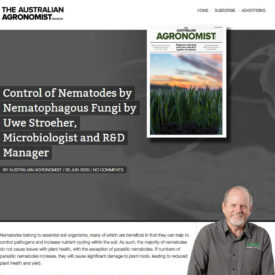
Neutrog’s Microbiologist and R&D Manager, Dr. Uwe Stroeher’s recent article ‘Control of Nematodes by Nematophagous Fungi’ was recently published in the winter issue of the The Australian Agronomist Magazine.
Uwe discusses how to control nematode pests without chemicals and yet still maintain a healthy soil biota.
Productive Pastures Key for Sustainable Grazing
Nitrogen Fixation in Agriculture by Mutualistic and Free Living Bacteria
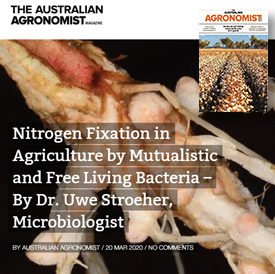
The Australian Agronomist Magazine Autumn 2020 features an article by Neutrog’s Microbiologist and R&D Manager, Dr. Uwe Stroeher called ‘Nitrogen Fixation in Agriculture by Mutualistic and Free Living Bacteria.’ Uwe discusses the role nitrogen fixation plays within plant tissues of legumes or within the soil itself by free living bacteria, and how bacteria can turn atmospheric nitrogen into a plant-useable form such as ammonia.
The Plant Microbiome
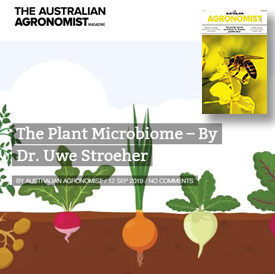
The Australian Agronomist Magazine’s Spring 2019 issue features an article from Neutrog’s Microbiologist and R&D Manager, Dr. Uwe Stroeher. Titled ‘The Plant Microbiome’, Uwe discusses soil microbes which can significantly enhance plant health and growth, as well as positively affect crop yield in a world with a growing population and a potentially changing environment, where food security has become a major agricultural challenge.

